Dazzling diamonds come in a stunning variety of shapes. Whether you have your heart set on a specific diamond shape or you just want to see what’s out there, we’ve got all of the information you need to make an informed decision about your next fine jewelry purchase.
What’s in a Shape?
When shopping for diamond jewelry, you’ll quickly learn that there’s a wealth of information to discover. You’ll learn about specific clarity grades, the graduated color scale, the relationship between facet arrangements and carat weight, and what a diamond girdle is (hint: it’s not what you think).
But before all of that, the first thing people usually think of when shopping for a diamond ring is the shape of the stone. Is the diamond of your dreams a timeless, elegant round cut? Maybe an art-deco inspired rectangular cut? Or something more unusual, like a heart shape?
There’s a fascinating world of classic and specialty diamond cuts to explore, and within it is something for every style.
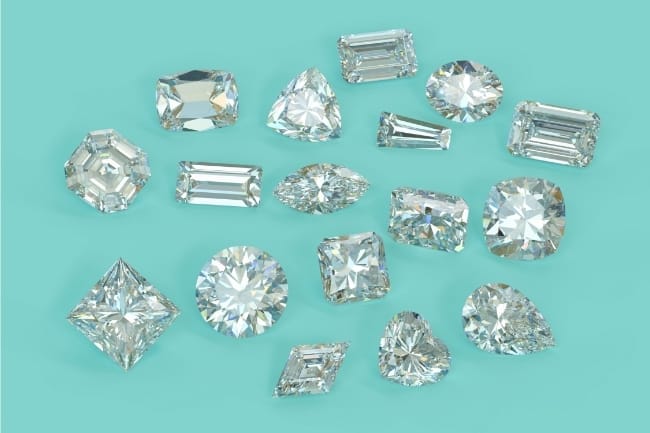 Pin
PinAside from personal aesthetics, different diamond shapes will interact differently with light and shadow, creating flattering effects against the finger. Diamonds may appear larger or smaller due to the way lines and angles direct our eyes.
Some, like the classic round brilliant, emit the trademark sparkling scintillation we’ve come to expect from a diamond ring. Others create different effects from their play of light, such as the beautiful “hall of mirrors” effect of the emerald cut.
Check out our extensive list of diamond shapes later in this article to find out which unique shape is right for you.
What’s the Difference Between Diamond Shape and Diamond Cut?
Diamond shape refers to the overall outline we perceive when looking at a diamond. For example, this could be round, square, oval, or specialty shapes that fall somewhere in between. It is the broadest, most general definition of the way a diamond is cut and the choice that was made for that particular piece.
Cut, on the other hand, refers to an entire art and mathematical science made up of distances, angles, and the relationship a diamond has with light. An expert diamond cutter can manipulate the way light passes through the stone, causing it to bend and refract and split up into multicolored sparks we call “dispersion”.
A well-cut diamond will have a good balance of light and shadow and brilliance, whereas a poorly-cut diamond with unbalanced or badly proportioned facets will look washed out and dull. Every diamond shape has slightly different variables that a diamond cutter needs to know in order to make it come to life.
To learn more about this fascinating practice and why it’s important when shopping for diamond jewelry, you can check out our guide to understanding diamond cut here.
Diamond Shape FAQ
Yes! Most diamond shapes are cut to achieve the maximum sparkle possible (with a few exceptions — more on this down below). However, certain diamond shapes such as the briolette present challenges that limit how much sparkle a cutter can pull out of it.
The diamonds that consistently display the most sparkle are the round brilliant, eighty-eight, and radiant cuts.
Elongated shapes such as the oval or pear cut will appear larger per carat than compact diamonds like round or square cuts. A marquise is a beautiful slim choice that draws its weight along your finger, making it look like it takes up more space.
When all grading factors such as clarity and color are the same, diamond price comes down to two factors:
– the demand for a certain shape (how popular it is)
– how efficiently the style uses all the rough diamond available
The classic round brilliant cut diamond is the most expensive shape per carat weight because it is by far the most popular, and creating the perfectly round shape loses quite a bit of stone in the fashioning process.
Step cut diamonds are usually — but not always — square or rectangular, and feature a series of facets lined up side by side, like a flight of stairs. These give the diamond a lovely play of light and shadow that we in the industry call the “hall of mirrors”.
They bring to mind the streamlined, geometric, architecturally-inspired fashions of the art deco period. Emerald, asscher, and baguette cut diamonds are examples of this cut.
The bow tie effect is a visual effect seen in poorly cut elongated diamonds such as ovals, pears, and marquises. It appears like a strip of shadow across the center getting wider towards the edges, like a bow tie. This happens when some of the light entering the diamond doesn’t get reflected and dispersed properly, and leaks out instead.
Most elongated diamonds will have little hints of this bow tie effect, but it’s generally best to choose one where it isn’t noticeable.
Look for diamonds without any sharp points — pear, marquise, trillion, and star cut diamonds all have thin points which are quite vulnerable to breakage.
In addition, higher quality diamonds are more durable than lower quality ones. Internal fractures and inclusions make diamonds more susceptible to damage, so if you’re someone who lives an active lifestyle it’s a good idea to prioritize a diamond with a high clarity grade.
This answer will look different on everybody! Thankfully, there’s a world of choice to suit any diamond lover.
Vintage and retro divas may find themselves drawn to the art-deco inspired emerald cut or the soft-featured rose cut.
Classic, effortlessly chic women may choose the timeless round brilliant or an oval diamond that elongates the finger.
Or you may decide to go with something completely unique to you and your personality like a romantic heart shaped diamond or a… horse? Keep reading for more information about different diamond shapes!
Round Diamond Shapes
The variety of diamond shapes available in the fine jewelry market is incredible. We’ve highlighted the most common diamond shapes, along with some you may not have heard of that are growing in popularity! Let’s start out with the round diamonds first.
Round Brilliant
When most people think of a diamond, the round brilliant cut is what comes to mind. More than two thirds of all diamonds sold are round brilliants, and it’s the benchmark shape that gemological laboratories like the GIA use for comparative purposes when grading diamonds.
A round brilliant diamond has either 57 or 58 facets, depending on whether or not a culet is present — that’s the tiny facet on the very bottom of the pavilion which helps protect the diamond from breakage. Some cutters, however, leave it off altogether.
Apart from going with absolutely everything, a round brilliant diamond is specifically designed to display the greatest possible interaction of light, shadow, and color, using the refractive properties inherent in the stone. It is a miniature miracle of architecture.
Keep in mind, however, that round cut diamonds will almost always be more expensive than other shapes of comparable carat weights.
Old Mine Cut
The old mine cut is the predecessor of the round brilliant, dating back to the early 18th century, and is characterized by its prominent culet and smaller table (that’s the facet on the top face of the stone). They have a slightly squared shape and like the round brilliant, old mine cut diamonds have 58 facets.
Unlike the round brilliant and nearly all other diamonds cut today, the old mine cuts were faceted by hand. Later, as manufacturing methods and understanding of the diamond’s unique features improved, the old mine cut evolved into what is now called the old European cut, before arriving at the round brilliant design we know today.
Old mine cut and old European cut diamonds have a soft, approachable, vintage charm and reveal themselves best when viewed by candlelight. These cuts are no longer produced today and are only found in vintage and antique jewelry.
 Pin
PinJubilee
The jubilee shape has been described as a cross between a modern round brilliant and a rose cut. It is a round diamond, quite unique in that it is missing the table facet (the flat one on top, remember?). Instead it has eight facets coming together on top, with 88 facets in total.
It was specially designed in 1897 for Queen Victoria’s golden jubilee, and its beautiful faceting pattern and rarity make it something of a holy grail among collectors. If you are lucky enough to find one of these stunning pieces, extra care must be taken not to chip or fracture the slight point made by the eight table facets.
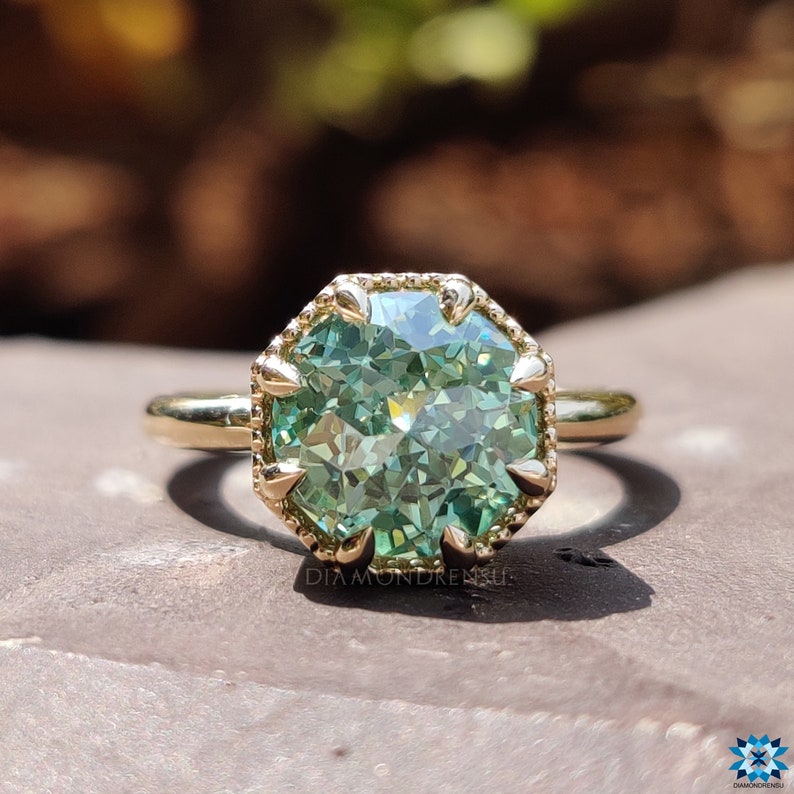 Pin
PinRose
Created to imitate a rose in bloom, the rose is another exquisite vintage cut. With less facets than other round cuts (a rose has up to 24), this shape has more of an ethereal, pearlescent luster than the brilliant scintillation and rainbow colors that we see in modern diamonds.
Rose cut diamonds are flat on the bottom rather than sporting the deep pavilion we see on other diamonds, which keeps it very close to the skin. As well as adding to the overall intimacy and sensuality of this particular shape, this makes the rose cut a great choice for people with more active lifestyles — a stone that doesn’t stick out as much won’t get caught on things and knocked around as easily.
It also means that the entire carat weight of the stone is visible from the top, so it will look much bigger to the eye than other round cuts of the same carat. A rose cut has an unusual, dreamy, vintage luxury that will demurely call attention wherever it goes.
 Pin
PinOval
Oval diamonds (often called oval brilliants) are cut with the same 57 to 58 facets as the round brilliant cut, which means they display the same flashes of light and dispersion of color as a round brilliant diamond.
Oval shapes are contemporary while still retaining the soft edges of more traditional style. An oval cut diamond is also more durable than some other shapes because they have no hard edges or points that are susceptible to wear.
Ovals are a popular choice for engagement rings because they have the effect of slimming the hand, and they have the benefit of appearing larger than their carat weight due to their elongated shape.
Pear
Similar to an oval diamond, the pear shape tapers to an elegant point at one end. It is believed that the tip should point towards the heart of the wearer.
Pear diamonds are cut with approximately 58 facets, another creative variation on the round brilliant cut, and display excellent plays of light and color. They have the same effect as the oval cut of elongating the fingers, but care must be taken to protect the fragile tip.
Jewelry set with a pear shaped diamond should be paired with either a bezel setting or a substantial prong setting to protect it from wear and tear.
Marquise
Consistently one of the boldest and most popular diamond shapes, this is another 58-facet variation of the round brilliant cut. Taking the pear shape one step further, the marquise is an elongated design that tapers into a point at both ends.
It is sometimes known as the eye shape or navette, which means “little boat”, referring to the shape of a ship’s hull. It is believed that the marquise diamond first came into being when a certain Frenchman by the name of Louis XV specially commissioned a diamond cut to resemble the lips of his mistress.
Marquise diamonds are timelessly elegant, though they should be treated with care as the tips on either end can be quite fragile.
Briolette
A briolette diamond resembles a drop of rain. Until very recently, it was unheard of to find a briolette cut diamond in the form of a ring — they were reserved for hanging jewelry, such as pendants and earrings. Some might have said a briolette ring was impossible.
However, artists of any discipline, including jewelers, are unwaveringly stubborn innovative and tend to look at words like “impossible” as a challenge. Though still very uncommon, these days we can find some groundbreakingly beautiful briolette diamond rings such as this one here.
Be mindful, though, that these types of diamonds have absolutely no protection from their setting at all and can fracture or break if knocked too hard. For day-to-day wear, a briolette is best worn as a pair of earrings or a necklace.
 Pin
PinSquare Diamond Shapes
Princess
After the round brilliant, the princess or square cut diamond is the most popular choice worldwide. Its clean, slick lines make it look fresh and contemporary no matter the setting.
Gaining popularity in the 1980s, they are significantly less expensive per carat than round brilliant diamonds of the same weight. Princess cuts follow almost exactly the octahedral shape of a rough diamond, which means that cutting them wastes very little of the rough stone.
Because of their sharp corners, however, extra care must be taken to protect them from breakage. Princess cut diamonds should always be set in substantial prong settings that keep the corners safe from everyday wear and tear. Most princess cut diamonds have 57 facets.
 Pin
PinEmerald
A popular choice in vintage-inspired styles, emerald cut diamonds are rectangular diamonds faceted with a distinctive step cut. This gives them a different relationship to light than brilliant cut diamonds such as round variations or princess cuts.
While other diamond shapes break up light into glittering rainbow colors, emerald cuts reflect light and shadow side by side giving us what we call the “hall of mirrors” effect.
Like princess cuts, emerald cuts waste very little during the manufacturing process and can sell for significantly less than round diamonds. Their strong, clean lines and unique faceting arrangement are inspired by the fashions and architecture of the art deco period.
Crisscut
Like many of the world’s great innovations, the crisscut shape was discovered by accident. In 1988, a celebrated diamond cutter misjudged an emerald cut diamond while fashioning it and was forced to come up with a new design. He decided that he liked the new one even more.
Crisscut diamonds fall somewhere in between step cuts and brilliant cuts, with 77 facets that exhibit an extraordinary play of light. They are cut shallower than many other fancy diamond shapes, which means that more of their carat weight will be visible face-up and it will appear larger than other diamonds of the same carat.
 Pin
PinBaguette
Not the kind you smell on every street corner on your busy Parisian commute. These diamonds are 14-faceted, usually quite small, and take a supporting role on the stage of diamond jewelry.
They look quite a bit like a simplified emerald cut. Baguette diamonds are usually used as accent stones on the side of center stones in engagement ring designs. They can also be seen in wedding bands or eternity bands, where they continue the entire length of the ring.
They’re at their most show stopping in ballerina style rings, such as this one here. This simple diamond cut has a very soft, innocent quality to it while still retaining some of that vintage-inspired art deco delight.
 Pin
PinAsscher
The Asscher cut diamond celebrated its 100th birthday in 2002. It was developed by a pair of brothers in 1902 and then almost torn from the fine jewelry history books during the ravages of World War II — read more about that fascinating story here.
It is another step cut design somewhere in between a princess and an emerald cut. Like an emerald cut, asscher cut diamonds reflect light and shadow in an effect we call the “hall of mirrors”.
The standard asscher diamond has 58 facets, while the updated royal asscher cut was revamped with a total of 74.
Cushion
A cushion cut diamond is a square with rounded corners, giving it the air of a fluffy cushion. It displays the light and sparkle of a round brilliant with influences of its predecessor the old mine cut. Its softly rounded corners make it more durable for everyday wear than some of its square cut cousins, such as emerald or princess cuts.
Cushion cut diamonds tend to have larger facets than other brilliant cut shapes, giving them a unique display of flashing light and color. While the tightly-woven facets of round diamonds will reflect more white light and brilliance, cushion cuts tend to display more rainbow color, or “fire”, than other diamond shapes.
They also tend to be a little cheaper than round brilliant diamonds as the shape uses more of the rough stone.
Radiant
The radiant diamond is the best of both worlds: the streamlined shape of the emerald and asscher cuts combined with the scintillating brilliance of the classic round diamond.
Formed of 70 facets, the radiant cut diamond displays more sparkle than any other fancy diamond cut. Its beveled corners also make it a more durable choice than a square diamond like the princess cut.
While it can look quite similar to a cushion cut diamond, the faceting arrangement is laid out differently. The larger facets of a cushion cut refract more light into rainbow colors, where the facets of a radiant shaped diamond are smaller and sharper, scattering the light into brilliance and sparkle. When shopping, see if you can compare them both to see which effect is right for you.
Triangular Diamond Shapes
Trillion
Sometimes called the trilliant, the trillion is a simple diamond cut with a big personality. These shapes can be found with straight, sharp, geometric sides or with more rounded ones for a softer look.
A solitaire or center trillion stone will usually have 50 facets, while more simple ones used for side accents may have 31.
Trillions are usually cut a little bit shallower than other diamonds, which means more of their carat weight is shown face-up and will look larger than other diamonds of comparable carat.
These diamonds are a stunningly modern look that’s always on-trend, but their sharp points can be quite delicate. They must be treated with care and set with substantial prongs that protect the fragile tips. You might sometimes see them being sold as “trielles”.
Heart
Is there anything more appropriate to a promise of forever than a heart-shaped diamond? The heart is another brilliant cut similar to the round brilliant, with a similar faceting arrangement that reflects and refracts light beautifully. It has between 56 and 58 facets.
The most important consideration when looking at heart cut diamonds is symmetry. Slight variations will be perceptible to the eye and make the diamond look lopsided or disjointed. It is recommended when shopping for heart shaped diamonds that you choose a diamond over one carat, so the lovely design doesn’t get lost.
Shield cut
Shield cut diamonds fall somewhere in between a trillion and a pear cut, and the number of facets can vary quite widely depending on complexity.
Sometimes called kite diamonds, they can be used as focal points or as accent stones. They are made to resemble a warrior’s shield.
Like the heart and triangle cut diamonds, they should be set and treated carefully to protect the sharp point from breakage.
Unique Diamond Shapes That “March to Their Own Beat”
Octagon / Eighty-eight
In Chinese culture, the number eight is very lucky and considered symbolic of power and good health. This unique diamond cut is made up of 88 facets and specially patented by the New York brand Finesse Diamonds. It is an octagonal cut with stunning scintillation and brilliance.
Octagon diamonds are a good choice for active lifestyles because they fit into prong settings a little more securely than the classic round brilliants. But unlike most other fancy shapes, these diamonds actually sell for a little more per carat than round brilliant diamonds.
 Pin
PinStar
Although whole star cut diamonds have been fashioned over the years, most are made up of five kite-shaped pieces that get assembled into the final setting. They are a stunning choice for someone who wants something completely unique.
While a star cut diamond engagement ring will always be a showstopper, they’re not ideal for someone who’s quite active with their hands as the thin tapered points are quite fragile. However, they’d be wonderful for something like a petite pair of stud earrings.
 Pin
PinRough
With more and more people embracing the simplicity of nature, the rough diamond jewelry trend is here to stay. While they don’t have the same trademark glittering brilliance as faceted diamonds, rough cut diamonds do have a subtly shimmering effect that is particularly lovely in candlelight, reminiscent of old mine cuts.
Another benefit to buying one of these (literal and figurative) diamonds in the rough is that so much of a diamond’s financial value goes into the workmanship of crafting it; a rough diamond that’s been only gently finished will be substantially cheaper than a cut diamond, even in high grades and carat weights. For a woman who wants to live simply and embrace the natural movement, a rough diamond engagement ring might be the right choice.
 Pin
PinHorse
You can’t make this stuff up. Horse cut diamonds are a surprisingly popular way for diamond cutters to show their skills. On gemological lab reports these are classified as “horse brilliants”. They are popular as collector’s items, though they’re difficult to set into jewelry and require some TLC as the shape can be quite fragile.
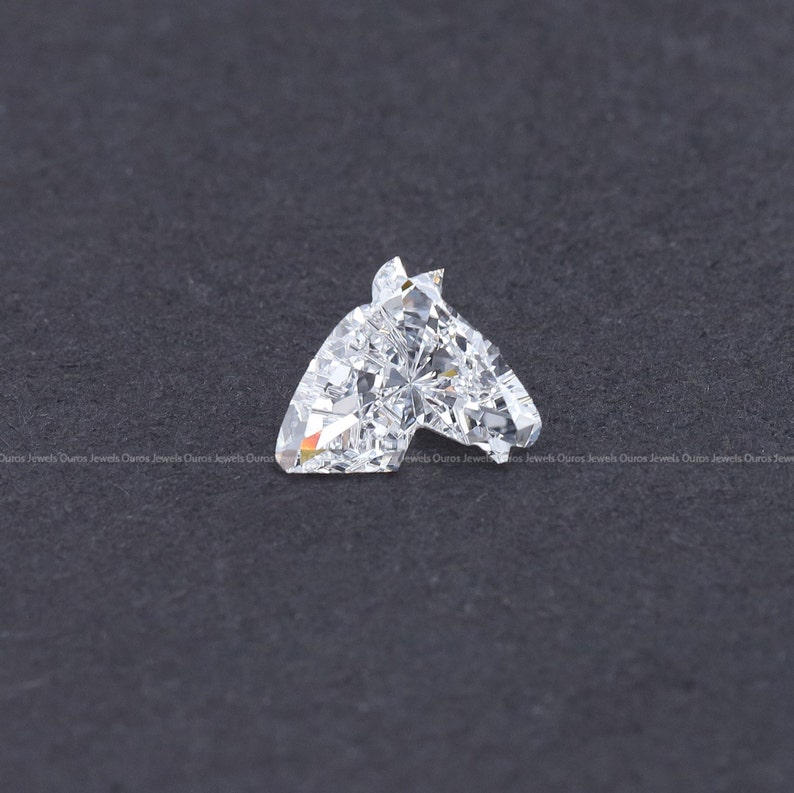 Pin
PinSo Many Stunning Shapes!
As you can see, the world of diamond shapes is exciting, fascinating, and ever-changing.
Some diamond cuts, such as the emerald, have been around for a very long time and are still popular today. Others, like the rose cut and old mine cut, have fallen out of contemporary fashion. Still more shapes are being developed as recently as the eighty-eight cut in 2004, and diamond cutters are always looking for new ways to break the mould.
From classic to trendy to innovative to vintage-inspired, there’s a diamond shape to fit every personality.
Save THIS PIN to your Rings board on Pinterest so you can always find it when you need to!
 Pin
Pin













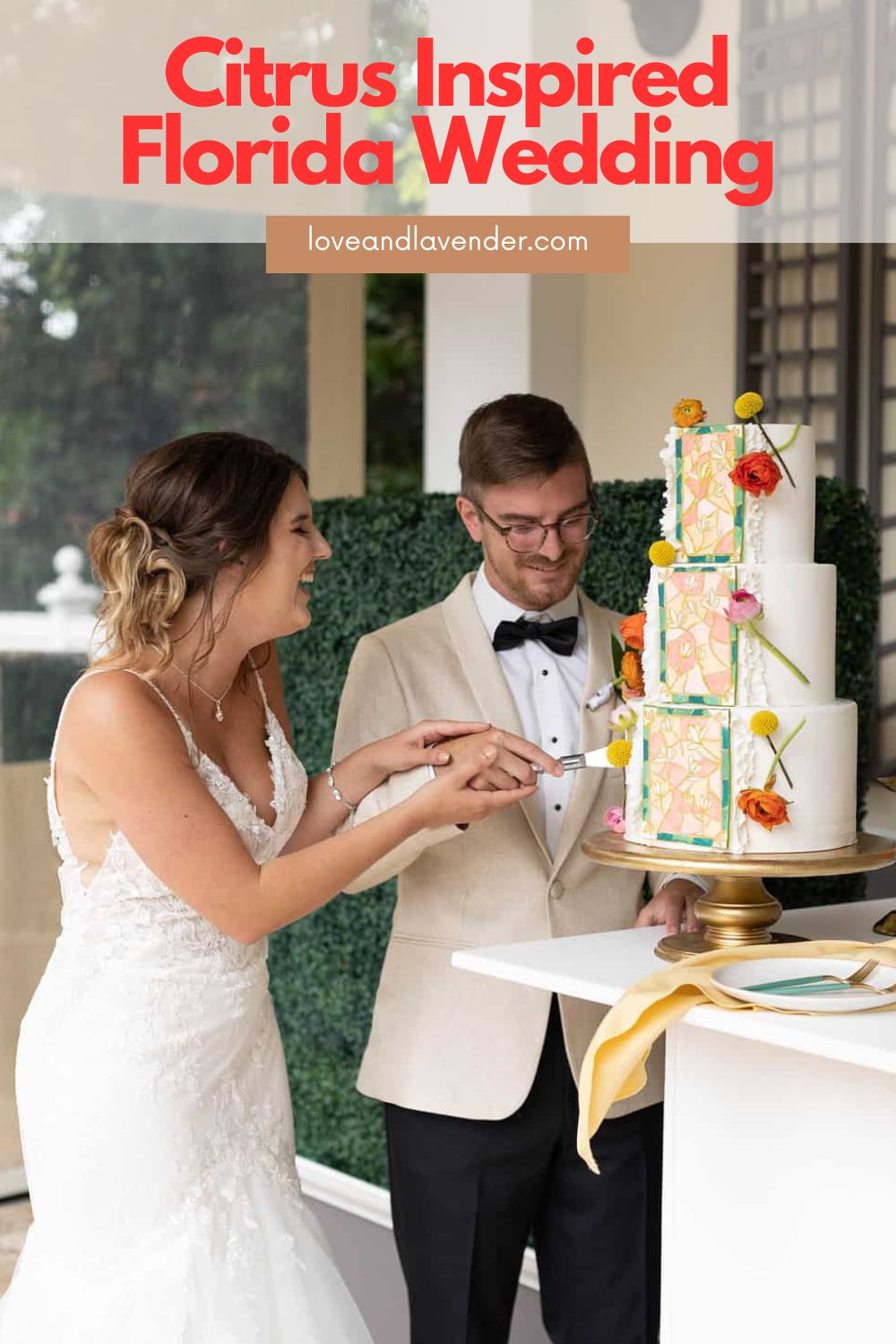
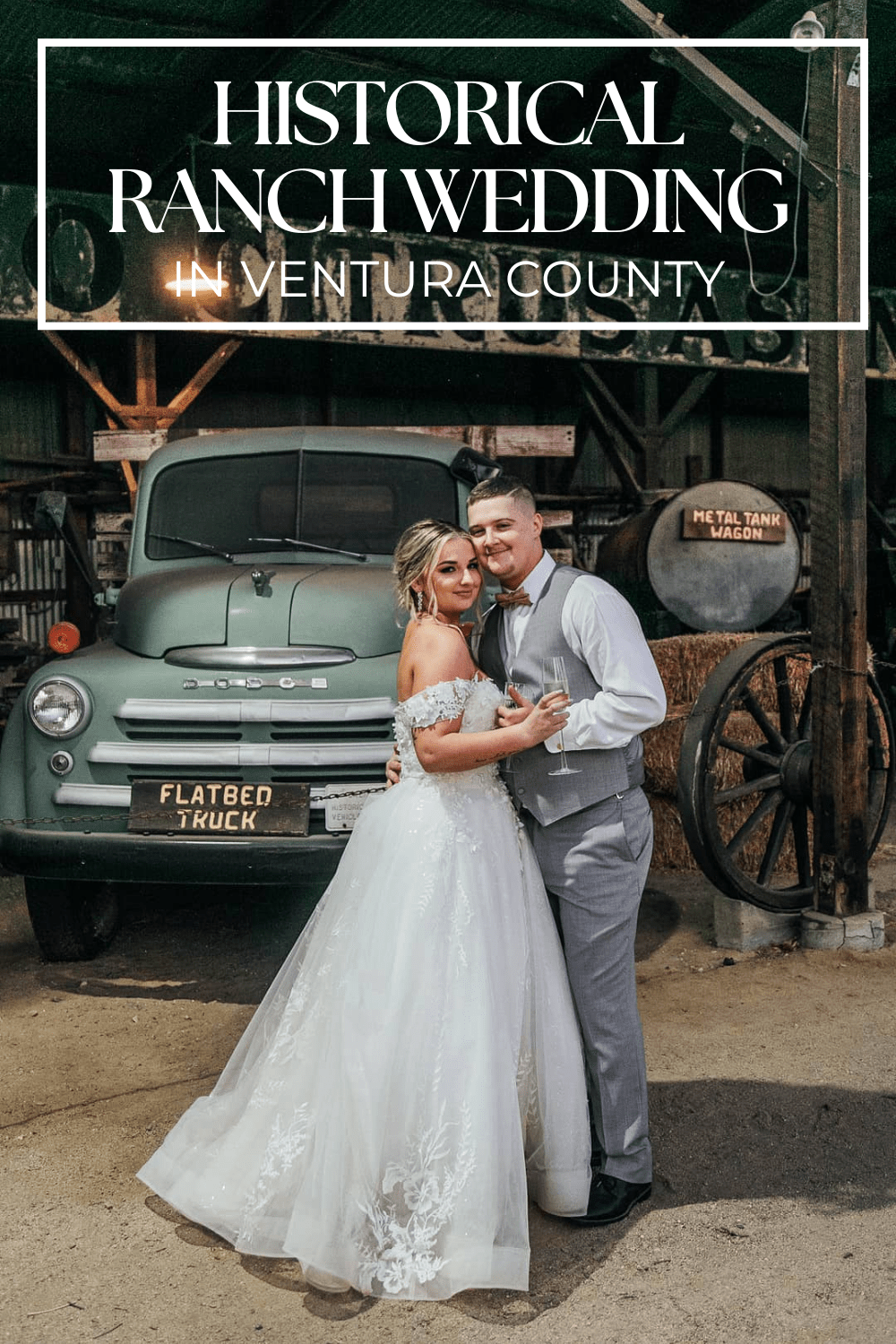



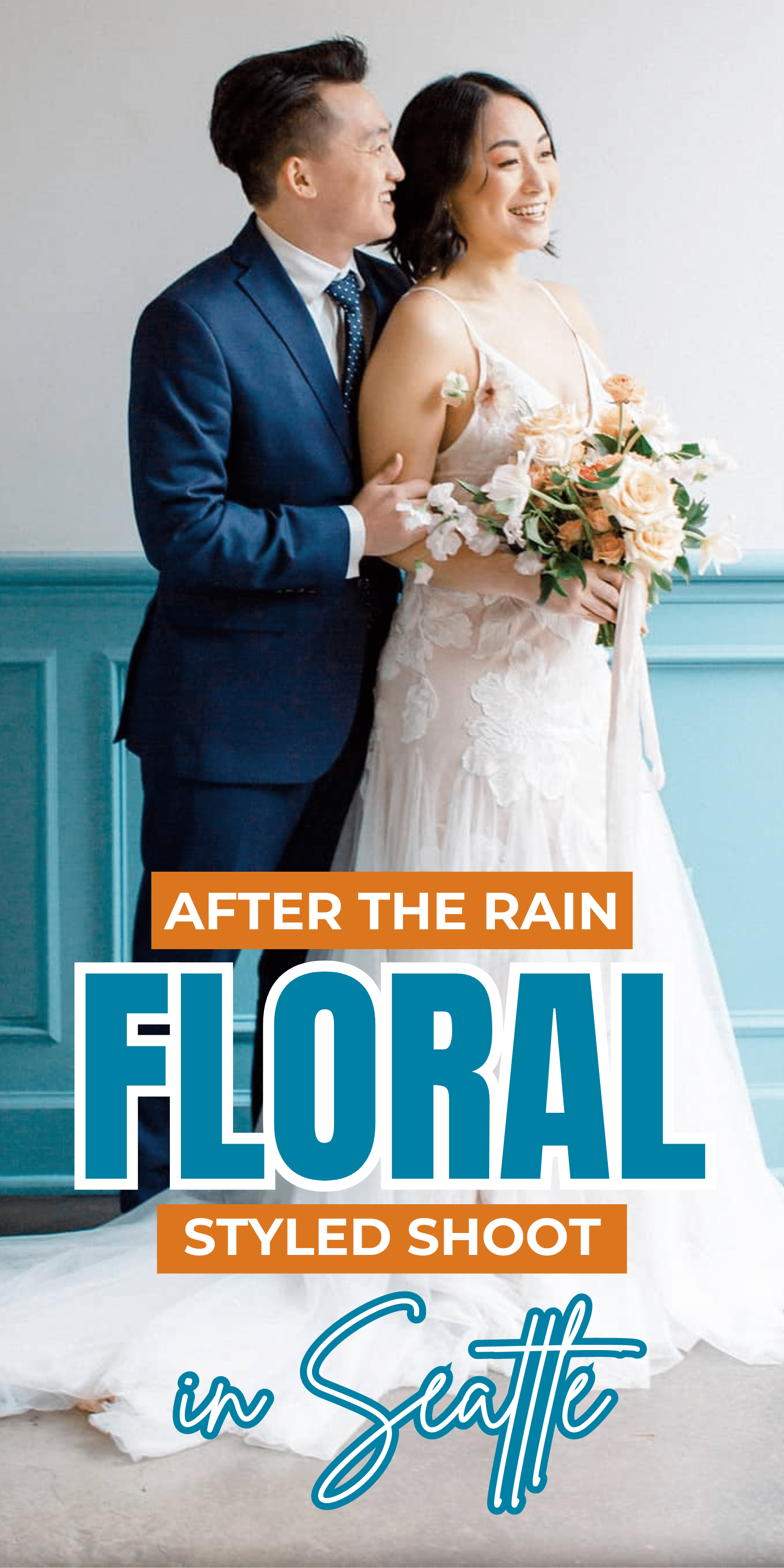


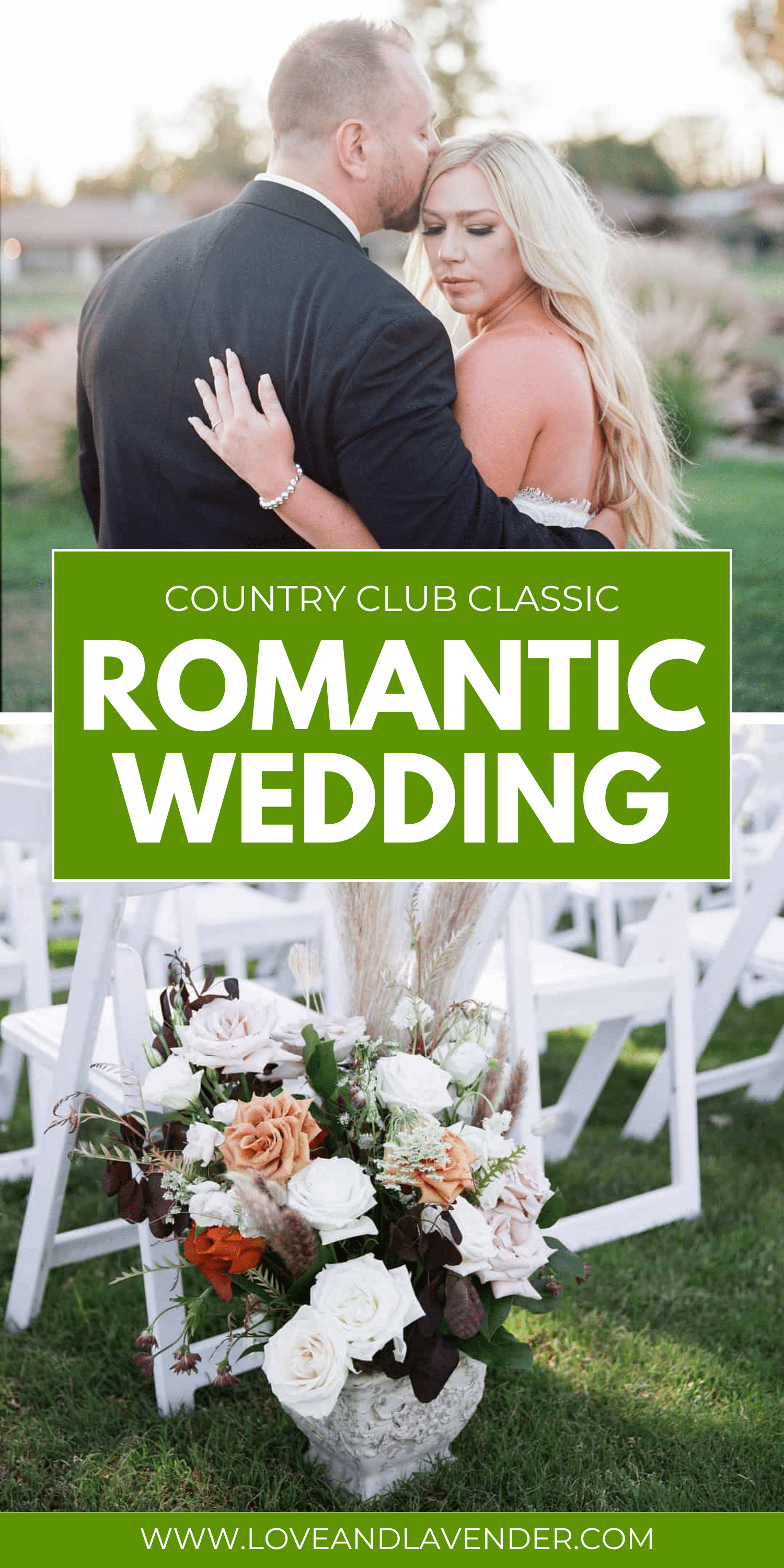

Leave a Reply